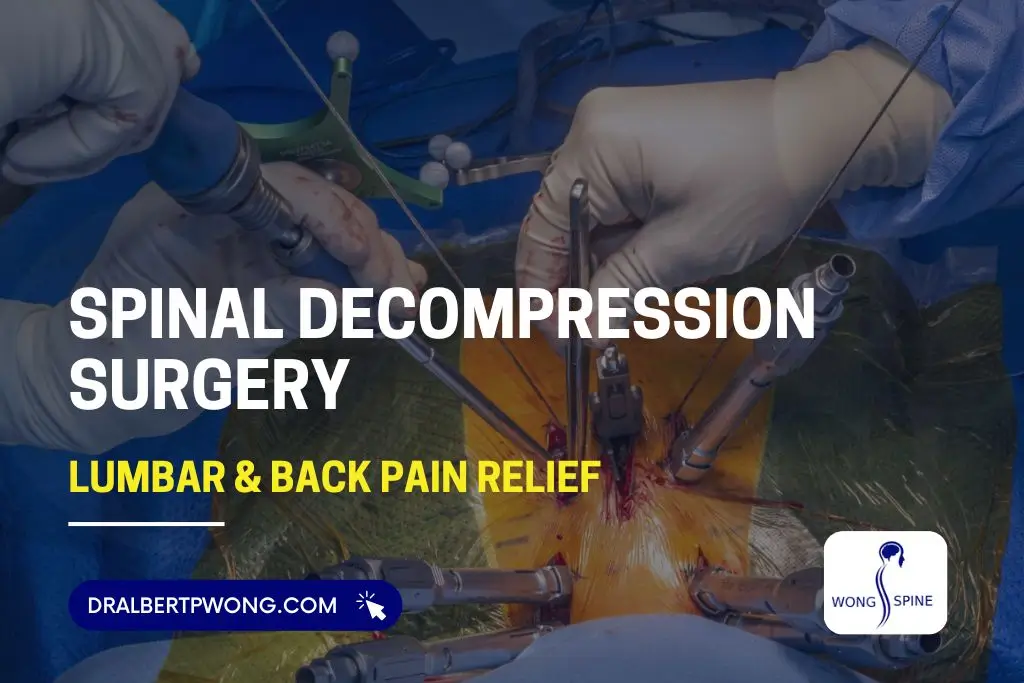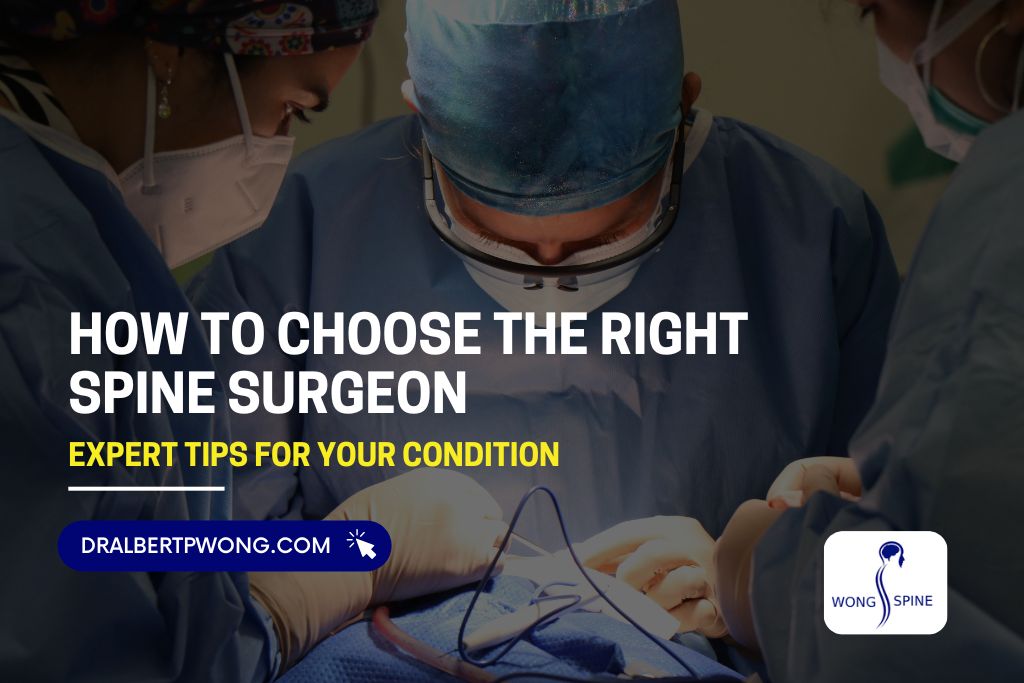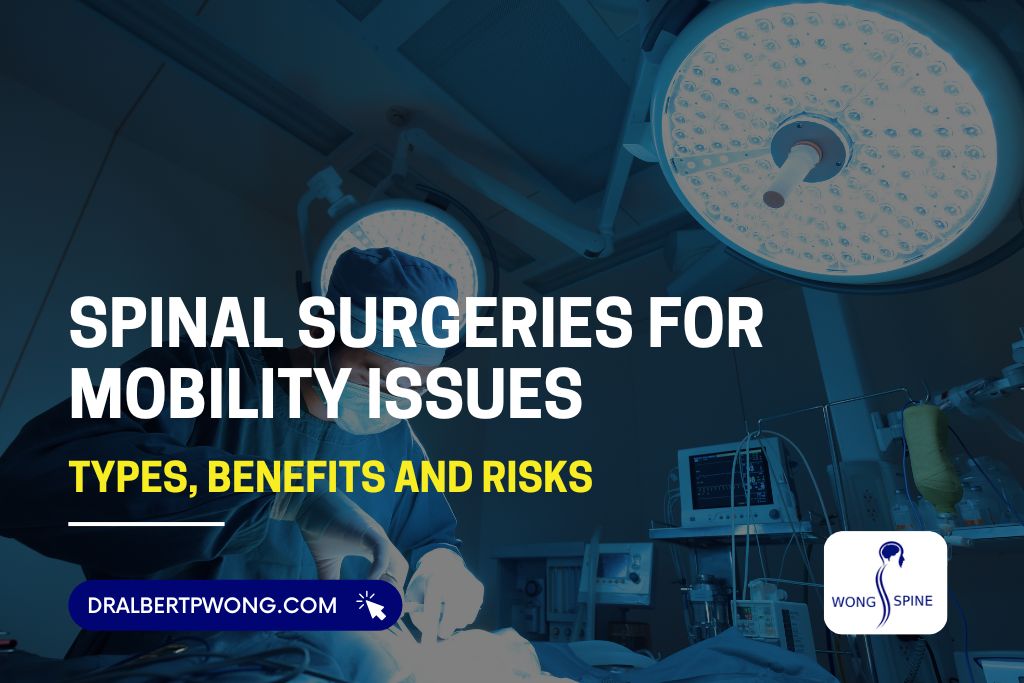Overview
Chronic back pain is often caused by a damaged or degenerating spinal disc. When non-surgical treatments such as physical therapy, medications, or injections fail, surgery may be considered.
Artificial Disc Replacement (ADR) replaces a damaged disc while preserving motion in the spine, unlike spinal fusion, which locks vertebrae together. ADR restores disc height and alignment, relieves nerve compression, reduces pain, and improves spinal function.
This procedure is typically used for lumbar (lower back) or cervical (neck) disc disease in patients who have not found relief through conservative care. ADR can help restore flexibility, protect surrounding discs, and support long-term spine health.
What Is Artificial Disc Replacement?
Artificial Disc Replacement (ADR) is a surgical procedure that removes a damaged spinal disc and replaces it with an implant. The implant restores disc height, maintains spinal motion, and decompresses nerves.
ADR preserves movement between vertebrae and reduces stress on adjacent discs. It is used in the lumbar (lower back) and cervical (neck) regions for patients whose pain does not improve with non-surgical treatment.
How Artificial Disc Replacement Relieves Back Pain
ADR removes the damaged disc and replaces it with a functional implant. The implant restores disc height, reduces pressure on nerves, and corrects spinal alignment.
The procedure addresses both mechanical and nerve-related pain:
- Mechanical relief: Restores stability and motion to the affected spinal segment.
- Nerve decompression: Reduces pressure on nerve roots, easing radiating pain, numbness, or weakness.
The procedure targets the source of pain, improves spinal function, and reduces discomfort in the lumbar or cervical spine.

Common Causes of Disc-Related Back Pain
Chronic back pain often originates from:
- Degenerative disc disease or age-related wear.
- Disc degeneration leading to a loss of cushioning.
- Herniated or bulging discs pressing on nerves.
- Spinal instability and inflammation.
- Pressure on nerve roots in the lower part of your spine.
These problems can cause both mechanical pain from instability and nerve-related pain. An Artificial Disc Replacement for Back Pain corrects these issues by restoring proper spacing and removing nerve compression, improving overall spine function.
Function and Design of Artificial Discs
Artificial spinal discs are advanced medical devices designed to replicate natural spine motion. Most consist of two metal endplates attached to the bone and a central core made from high-quality materials such as cobalt-chromium or polyethylene.
Key Features Include:
- Two metallic endplates that anchor securely to the vertebrae.
- A flexible center that allows rotation, flexion, and bending.
- Biocompatible materials for long-term use.
- Durable construction that maintains disc height and alignment.
The design is crucial for motion preservation spine surgery. By maintaining natural movement, the implant prevents the stiffness and limitations associated with fusion and artificial immobility techniques.
Restoration of Natural Spine Movement
A healthy spine is meant to move. When a disc degenerates, stiffness and pain reduce flexibility. Lumbar disc replacement surgery restores this lost motion by:
- Mimicking the natural mechanics of a healthy disc.
- Allowing bending, twisting, and flexing.
- Maintaining the spine’s natural curvature.
- Supporting the benefits of lumbar movement and posture.
Restoring mobility allows the spine to move more naturally and comfortably, preventing unnecessary stress on other discs.
Reduction of Nerve Compression and Inflammation
A collapsed or herniated disc can press on spinal nerves, causing sharp pain, numbness, or weakness. Artificial disc replacement in spine surgery resolves this through:
- Decompressing pinched nerves.
- Restoring proper vertebral spacing.
- Reducing inflammation near nerve roots.
- Easing radiating pain down the legs or arms.
This structural correction brings quick relief and reduces the risk of recurring nerve impingement.
Improved Spinal Stability and Alignment
Disc degeneration can compromise posture and spinal balance. Lumbar interbody fusion once aimed to fix this, but lumbar total disc replacement now offers better motion preservation.
This surgery:
- Restores the spine’s natural alignment.
- Corrects instability caused by disc collapse.
- Provides stability for everyday movement.
- Reduces strain on surrounding muscles and joints.
It gives patients a stronger, more balanced spine, allowing pain-free motion through the lumbar region.
Benefits Over Traditional Spinal Fusion
For many years, lumbar fusion was the standard solution for options for degenerative disc conditions. However, disc replacement compared offers clear advantages:
- Preserves motion instead of limiting it.
- Reduces stress on adjacent discs.
- Avoids the need for bone grafts.
- Supports quicker rehabilitation and recovery.
- Offers a higher success rate in long-term mobility.
Maintaining flexibility with ADR reduces the likelihood of needing a second surgery and protects the rest of the spine.
Ideal Candidates for the Procedure
Artificial Disc Replacement for Back Pain is a highly effective back pain relief surgery, but not everyone qualifies.
Ideal Candidates Include:
- Individuals with confirmed degenerative disc disease.
- Those with pain from one or two spinal levels.
- Patients with healthy bones and no deformity.
- Anyone who failed non-surgical treatments.
- A good candidate for lumbar disc surgery is someone with localized pain and proper spinal alignment.
People with osteoporosis, severe arthritis, or spinal fractures are usually not a candidate for lumbar disc replacement. Proper indications for lumbar surgery are determined through imaging and medical evaluation.
Recovery Process and Pain Reduction Timeline
Recovery from artificial disc replacement surgery is generally faster than recovery from lumbar spinal fusion.
Typical Recovery Steps:
- Hospital stay: 1–3 days.
- Walking was encouraged on the first day after surgery.
- Initial restrictions last 4–6 weeks.
- Physical therapy begins weeks after surgery.
- Most return to full activity months after surgery.
Patients often experience immediate pain relief and improved motion in the part of your spine treated.

How Wong Spine Restores Motion and Comfort
At Wong Spine, our practice focuses on motion preservation and long-term spine health. Albert Wong, MD, one of the leading replacement surgeons in the country, leads our expert team in minimally invasive spine surgery and artificial disc replacement for back pain in Los Angeles and Beverly Hills.
Our practice leverages the most advanced approach, in conjunction with well-established implant options, Mako-robotic surgery, and personal care, to restore natural motion and function. Whether treating the cervical and lumbar spine or problems of the lower back that so many people live with, our goal is ideal healing and spinal function for Artificial Disc Replacement for Back Pain
For those considering an option for a degenerative disc, make today the day to learn whether you are a candidate for lumbar disc surgery.
Frequently Asked Questions
Q. Can Artificial Disc Replacement for Back Pain be repeated if needed?
Yes. Revision or second surgery is possible, although it’s complex.
Q. Is Artificial Disc Replacement for Back Pain suitable for athletes?
Yes, especially because replacement is a surgical procedure that maintains spinal motion.
Q. How long does an artificial disc last?
Modern replacement technology ensures implants last 10–20 years depending on health and activity.
Q. Are there risks of disc dislocation after surgery?
Dislocation is rare with current designs, especially when following artificial disc rehab protocols.
Q. Will I need pain medication long-term after ADR?
Most patients report minimal long-term medication use thanks to lasting pain relief.
Important: This blog post is for informational purposes only and does not constitute medical advice. Consult with a qualified healthcare professional for a diagnosis and treatment plan.






